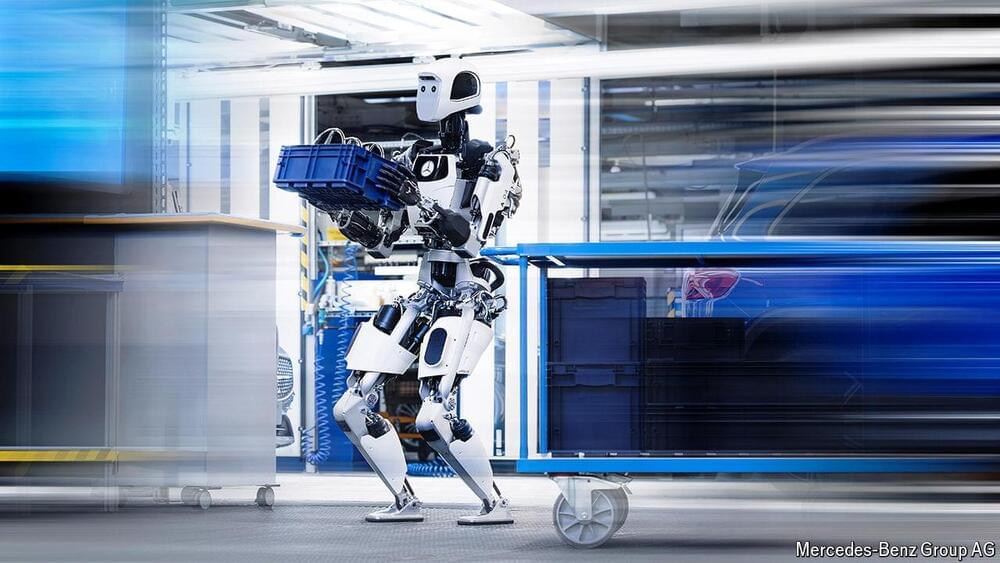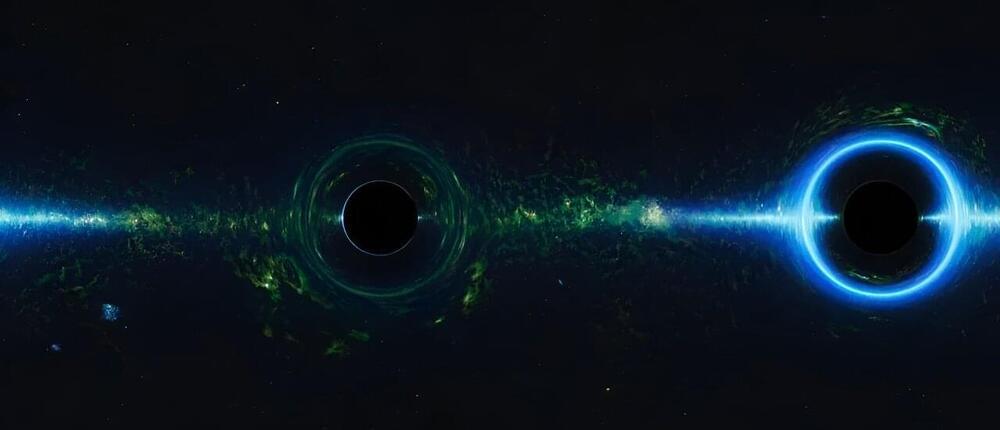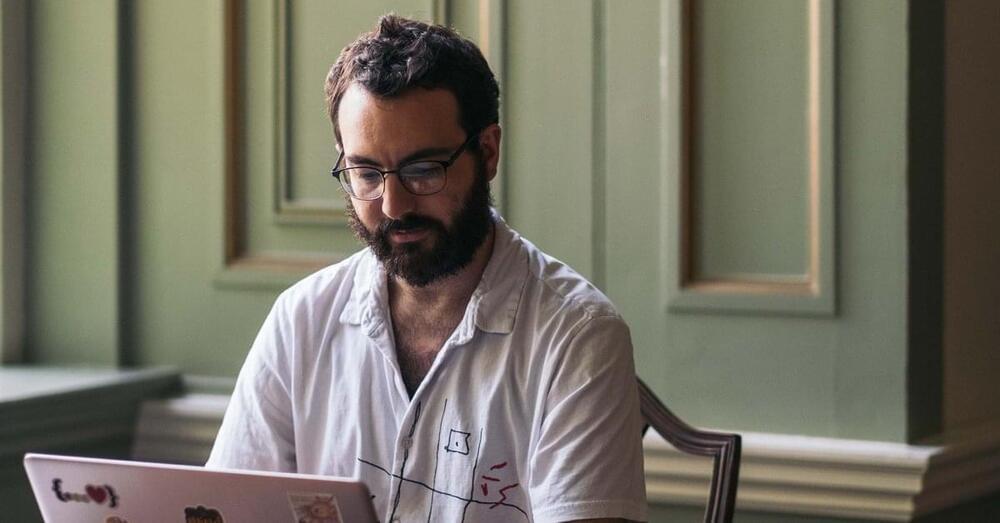Users of Photoshop, Substance 3D, and other Adobe products are now required to provide the company with unlimited access to their creations.
Get the latest international news and world events from around the world.
Study of photons in quantum computing reveals that when photons collide, they create vortices
Vortices are a common physical phenomenon. You find them in the structure of galaxies, tornadoes and hurricanes, as well as in a cup of tea, or water as it drains from the bathtub.

Towards realizing nano-enabled precision delivery in plants
Nanocarrier delivery has huge potential in agriculture; however, there are significant scientific and societal barriers to overcome. In this Review, the authors explore the state of the field, what lessons can be learned from nanomedicine, and discuss what scientific and societal issues need to be addressed.



Quantum Information Science
The 25th Annual S. Dexter Squibb Distinguished Lecture Series in ChemistryFeaturing: Dr. Theodore Goodson IIIThe Richard Barry Bernstein Collegiate Professor…

The Researcher Trying to Glimpse the Future of AI
Imagine if the world’s response to climate change relied solely on speculative predictions from pundits and CEOs, rather than the rigorous—though still imperfect—models of climate science. “Two degrees of warming will arrive soon-ish but will change the world less than we all think,” one might say. “Two degrees of warming is not just around the corner. This is going to take a long time,” another could counter.
This is more or less the world we’re in with artificial intelligence, with OpenAI CEO Sam Altman saying that AI systems that can do any task a human can will be developed in the “reasonably close-ish future,” while Yann LeCun, Chief AI Scientist at Facebook, argues that human-level AI systems are “going to take a long time.”
Jaime Sevilla, a 28-year-old Spanish researcher, is trying to change that. It is far from clear whether and how the capabilities of the most advanced AI systems will continue to rapidly progress, and what the effects of those systems will be on society. But given how important AI already is, it’s worth trying to bring a little of the rigor that characterizes climate science to predicting the future of AI, says Sevilla. “Even if AI innovation stopped, this is already a technology that’s going to affect many people’s lives,” he says. “That should be enough of an excuse for us to get serious about it.”
Tutorial | Bayesian causal inference: A critical review and tutorial (Standard Format)
This tutorial aims to provide a survey of the Bayesian perspective of causal inference under the potential outcomes framework. We review the causal estimands, assignment mechanism, the general structure of Bayesian inference of causal effects, and sensitivity analysis. We highlight issues that are unique to Bayesian causal inference, including the role of the propensity score, the definition of identifiability, the choice of priors in both low and high dimensional regimes. We point out the central role of covariate overlap and more generally the design stage in Bayesian causal inference. We extend the discussion to two complex assignment mechanisms: instrumental variable and time-varying treatments. We identify the strengths and weaknesses of the Bayesian approach to causal inference. Throughout, we illustrate the key concepts via examples.
Instructor:
Fan Li, Professor, Department of Statistical Science, Department of Biostatistics \& Bioinformatics, Duke University.
